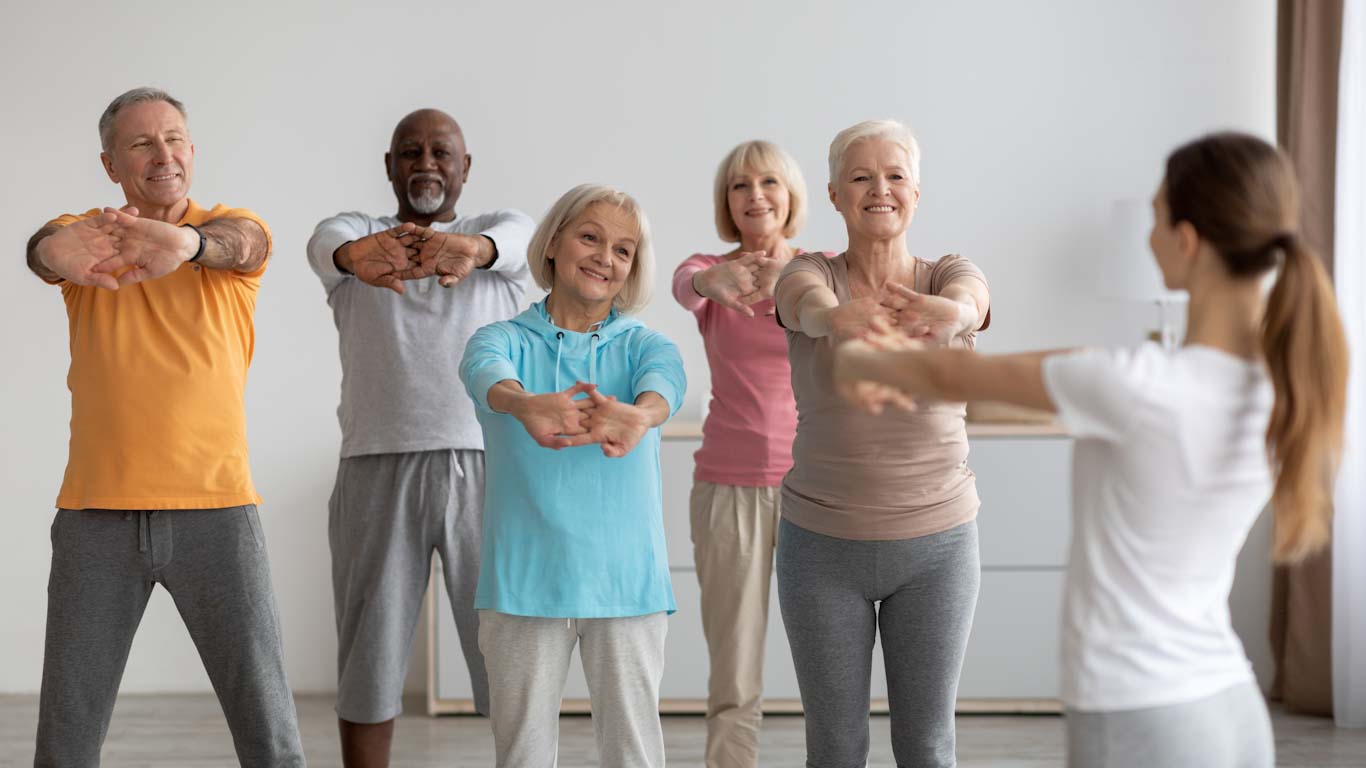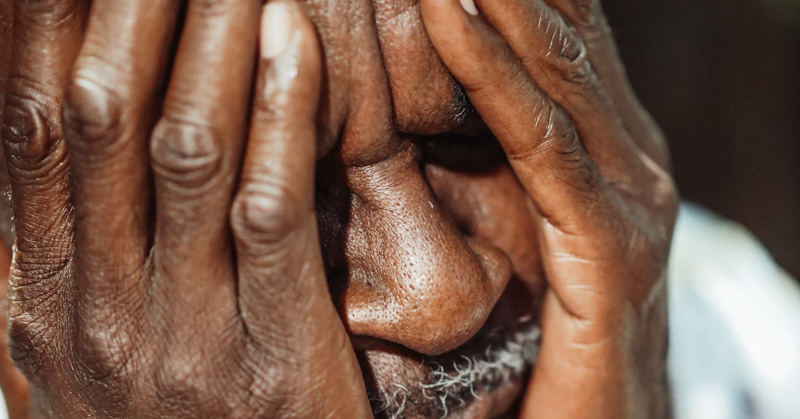The Importance of Exercise for Arthritis


How Exercise can help Arthritis
Almost all healthcare advice, online or in-person, will encourage those living with rheumatoid arthritis to take regular exercise.
There is a lot of evidence that keeping active and taking regular exercise can help to ease symptoms of rheumatoid arthritis. It can also improve muscular strength, and functional strength and increase the capacity to complete everyday tasks.
However, despite the overwhelming evidence and advice as to the benefits of exercise, over 40% of people living with rheumatoid arthritis do not follow this advice.
What happens if we do not exercise?
Weight gain – not exercising puts you at risk of gaining weight, this is especially true for those living with forms of arthritis because there is a natural tendency to do less to avoid pain and discomfort. Additional weight puts additional strain on joints and increases the pain and discomfort. This leads to a lack of motivation to exercise, and thus the cycle continues.
Stiffening joints – by not moving your body, your joints can become increasingly stiff and sore. Inflammation can also occur, which leads to a reduction in the range of movement over time.
Weakening muscles – there is a natural tendency for muscles to atrophy if they are not exercised and worked. This will cause further loss of movement and more difficulty completing daily tasks. Weakened muscles will also put additional pressure on joints causing further pain and discomfort.
Heart and circulation issues – lack of exercise impacts your heart and circulation system which again compounds the effects of arthritis. Poor circulation will make the symptoms and the lived experience of the sufferer much worse.
Fibrous deposits can form in muscles and joints – not moving joints can cause the formation of deposits in the muscles and joints that can increase the pain levels and reduce an individual’s range of movement. Like the other factors mentioned above, this is a vicious cycle as it means people continue to avoid exercise.
Who can help me get more active?
Your first priority should be to make a GP appointment and ask them what you should be doing to get more active.
If you are not currently under the care of anybody for arthritis, or it has not been diagnosed yet, then there is a range of other healthcare professionals that will be able to help. Your GP is an obvious choice, as is a rheumatologist specialist, an arthritis nurse, an occupational therapist, or a physiotherapist.
They may be able to provide you with an exercise programme or direct you to a fitness trainer that will be able to devise a programme for you.
How often should I exercise?
This needs to be advised by an appropriate healthcare professional, and it is important to start slowly and build up from the level of exercise you are currently able to do.
What type of exercise should I do?
Your choice of exercise will be decided by several personal factors. Obviously, your individual fitness levels are important as well as the stage of your condition and any other limiting factors but do not discount the importance of enjoying your exercise, otherwise, you will not continue with the programme, no matter how good for you it is.
Some of the types of exercise you should consider include:
-Stretching exercises – which will maintain or improve the range of movement by increasing the length of tissues around the joints.
-Strengthening exercises – which will increase your strength and muscle endurance.
-Aerobic exercises – which will improve overall physical fitness and endurance capacity. Examples of such exercises include cycling (including static cycling), swimming or water aerobics, brisk walking, or gym-based exercise classes.
-Balance-based exercises challenge postural stability and balance to reduce the risk of falling.
Find out more about arthritis at the arthritis action website



